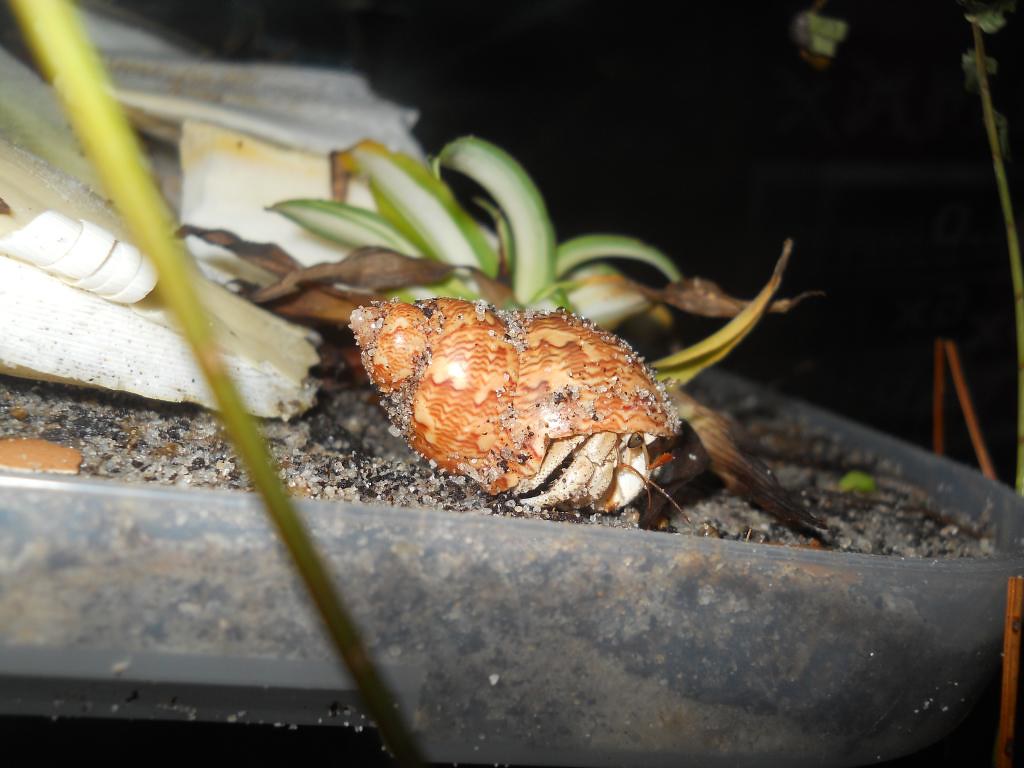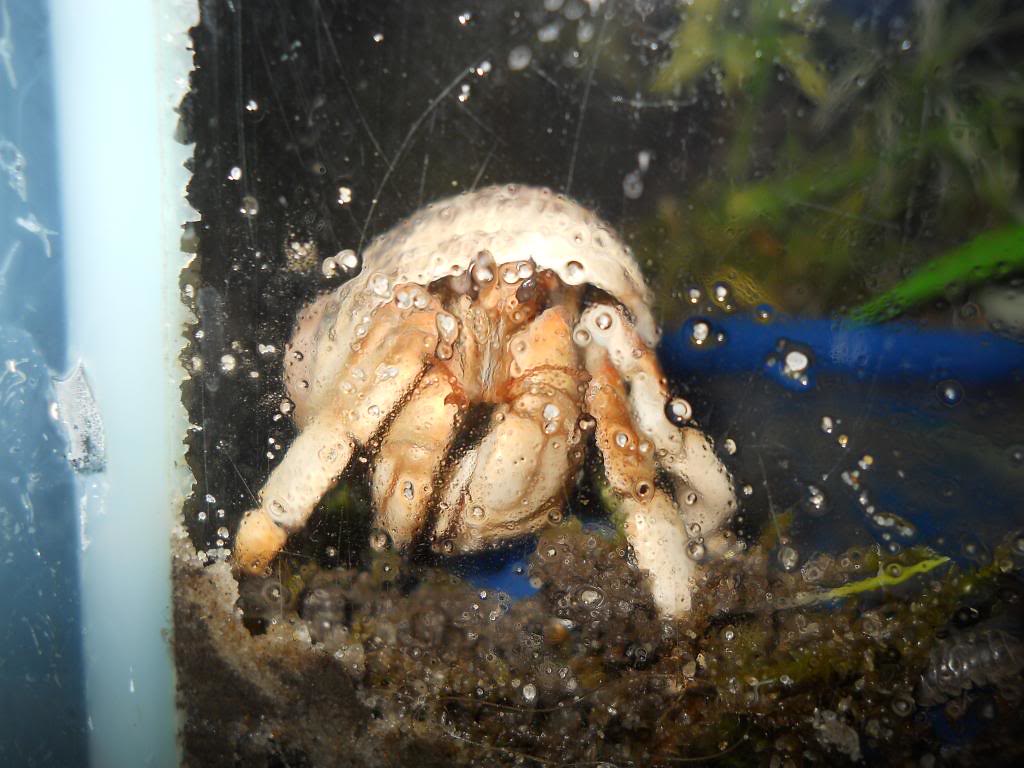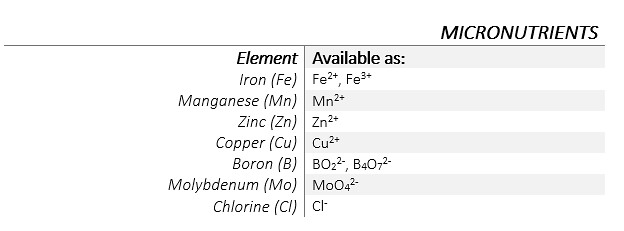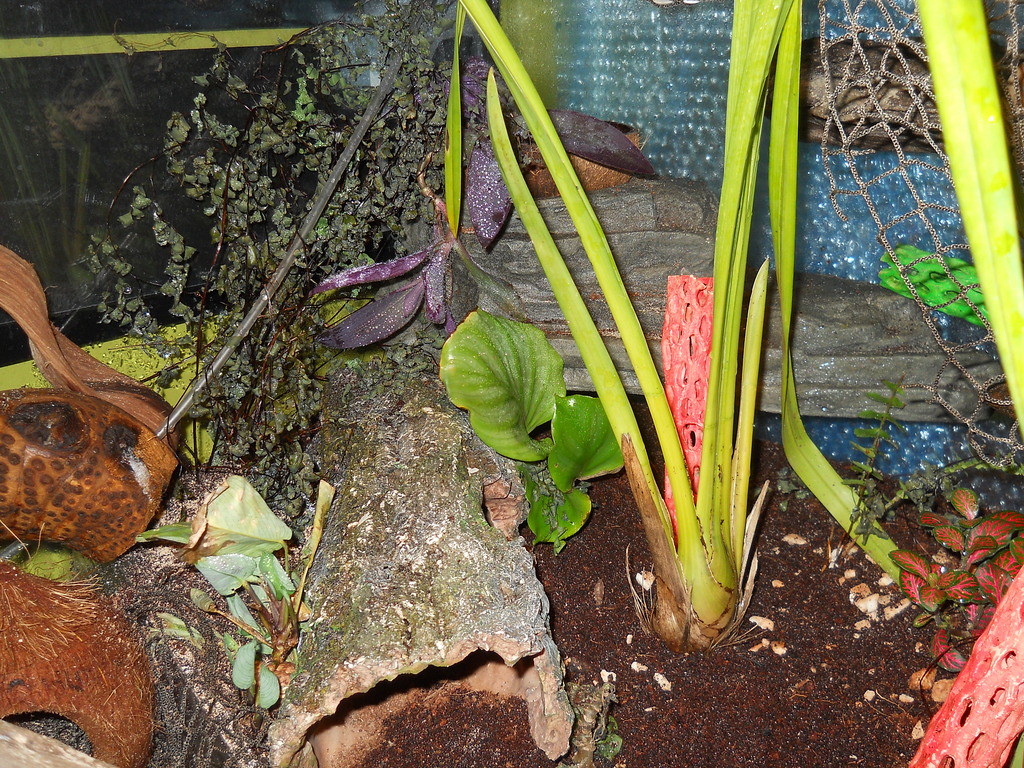Plants require light.

This is what they use to photosynthesize. The type of lighting unit you require varies based on the plants you intend to keep. Some plants require extremely low lighting conditions, others require very bright lights… so not to beat a dead horse, research the plant to see if the intended light will suit (or vise versa). Basically plants use two specific parts of the colour spectrum for photosynthesis (400 - 700 nm) in which chlorophyll is able to use energy from the light for cell growth and reproduction. Most commercial lights will include this colour spectrum, so no need to worry about finding lights of a particular colouration.
 Small spider plant (Chlorophytum comosum) not looking well due to not having a light
Small spider plant (Chlorophytum comosum) not looking well due to not having a light
For most people the first point is to look at the Kelvin rating. Kelvin (measured in K) refers to the colour (also known as wavelength) the light will emit. Generally below 6000K, the light will appear to have a red hue (warmer), and about 12,000K, the light appears to be cooler (blue/violet). For most people, your ultimately looking for something around 6500- 8000K, which closely mimics natural daylight. Between 8000-10,000K, the light is closer to a bright white, typical of indoor lighting. While the kelvin rating is handy for being ‘aesthetically pleasing’, it is not useful in determining a suitable light for plant growth.
Ideally, you should look for the PAR (Photosynthetic Active Region). A high PAR is good for the plants, since it allows for the chlorophyll to work properly and efficiently.

An increase in PAR is also useful to bring out colouration, size or shape in plants as well. Not all lighting units will have a PAR rating, but you can ‘guessitmate’ by wattage and/or lumens…

A higher watt/lumen often correlates to a high PAR rating.
If the light unit contains a PAR rating, numbers greater than 30-50 μmol/m²/s should keep most plants happy IMO
There are many choices out there; and if your DIY savvy you could certainly combine fixtures to suit your tastes. A brief breakdown:
- Light Emitting Diode (LED)
- T5/T8/T12
- Metal Halide (MH)
- Compact Fluorescent lamp (CFL)
- Sunlight (only work if you have a skylight, or well lit room… even then, supplemental light may be needed!)
In terms of ‘all round’ suitable for most setups, LED’s and T5’s would make a wise decision. There’s a lot of options out there; so useful if one has a budget, as well many lighting units have ‘fancy extras’ (like built in timers, gradual increase/decrease in light intensity during the day or settings that mimic storms) which can be fun to play around with. These two options also have an extremely low heat output in comparison to other lighting setups, which is especially useful in smaller tank setups. LED’s especially are energy efficient, so a very environmentally and hip pocket friendly choice.
 My LED 6500K light setup for an aquarium (contains mostly white bulbs, but also blue, red, magenta and green for increased colouration)
My LED 6500K light setup for an aquarium (contains mostly white bulbs, but also blue, red, magenta and green for increased colouration)
Most lighting options can be found in places one would look to buy a light to keep a planted aquarium or vivarium; these lighting systems will work wonderfully for plants in the crabitat. Your local pet store, hardware store or online also have good options; and a quick dive on the internet (or recommended from another individual) is certainly helpful to make an informed choice.
MH should only be used in the largest of tank systems, or in an extremely deep crabitat where other lighting systems are likely not to be powerful enough in depths greater than 4 -6ft! They run very hot due to a very high wattage; and can quickly warm up small crabitats if not monitored closely. Ideally they should be avoided, but if your bent on going with MH,
researched extensively for suitability!

~~~~~~
UVB systems aren’t required for optimal plant growth, so certainly not required to keep plants. All lighting systems mentioned above will emit UVA (and at most, minute traces of UVB), so can also form a source of UV. Generally speaking, if one is interested in UVB supplementation, a specialised (separate) system is going to be required.
For further lighting queries, refer to the lighting guide: http://www.hermitcrabassociation.com/ph ... 26&t=92543






 ) is:
) is:











